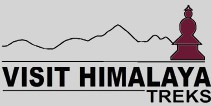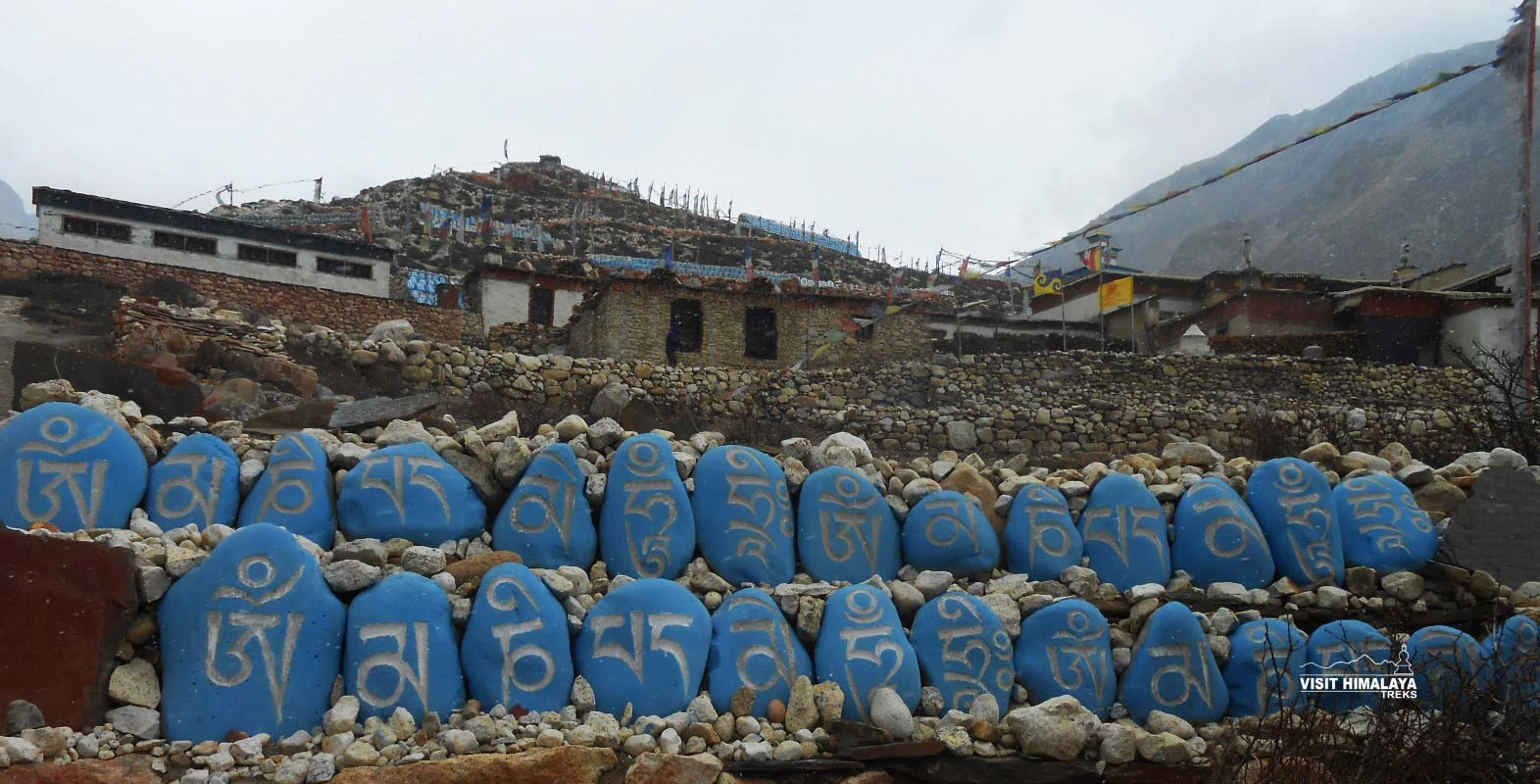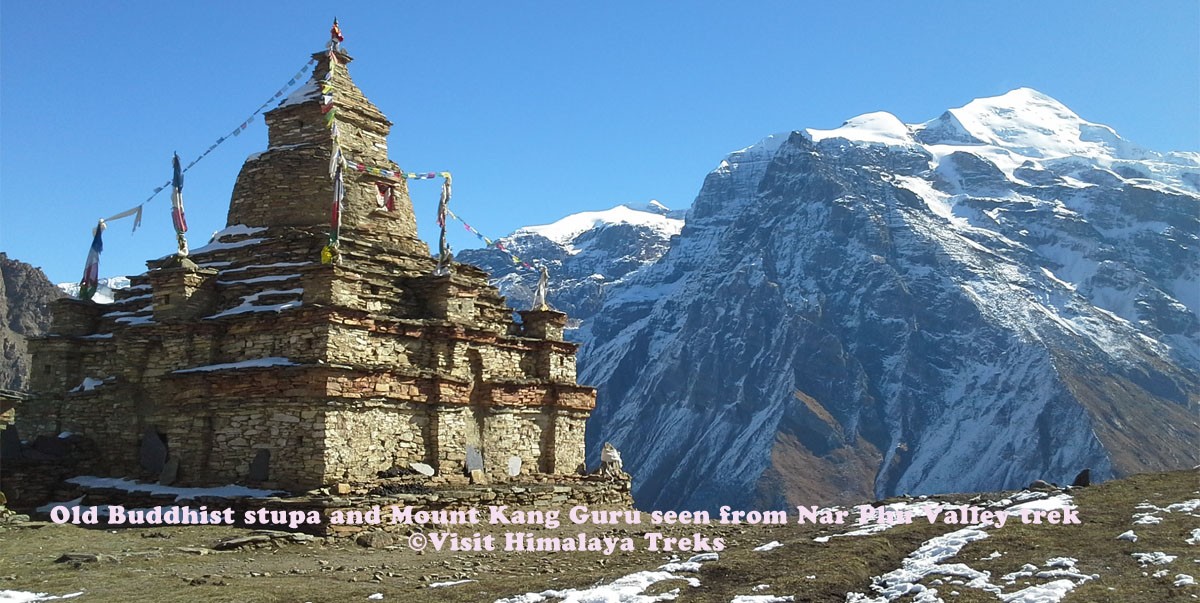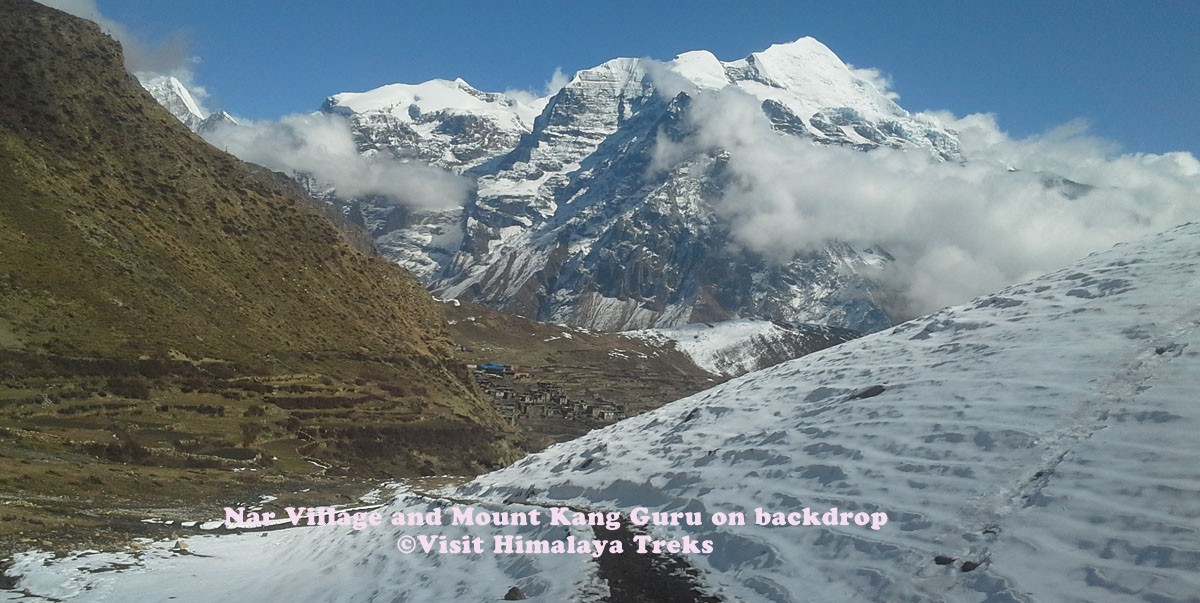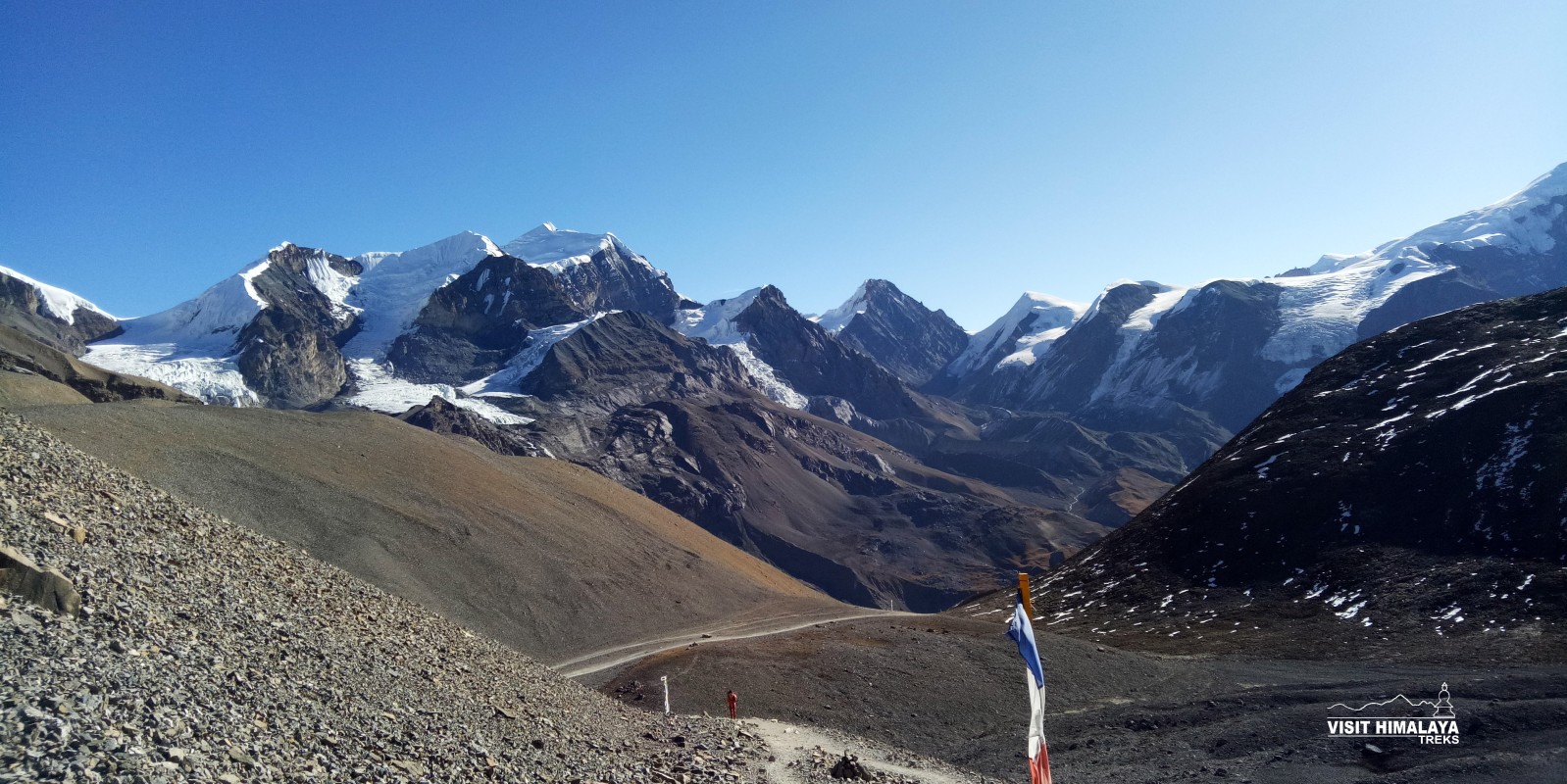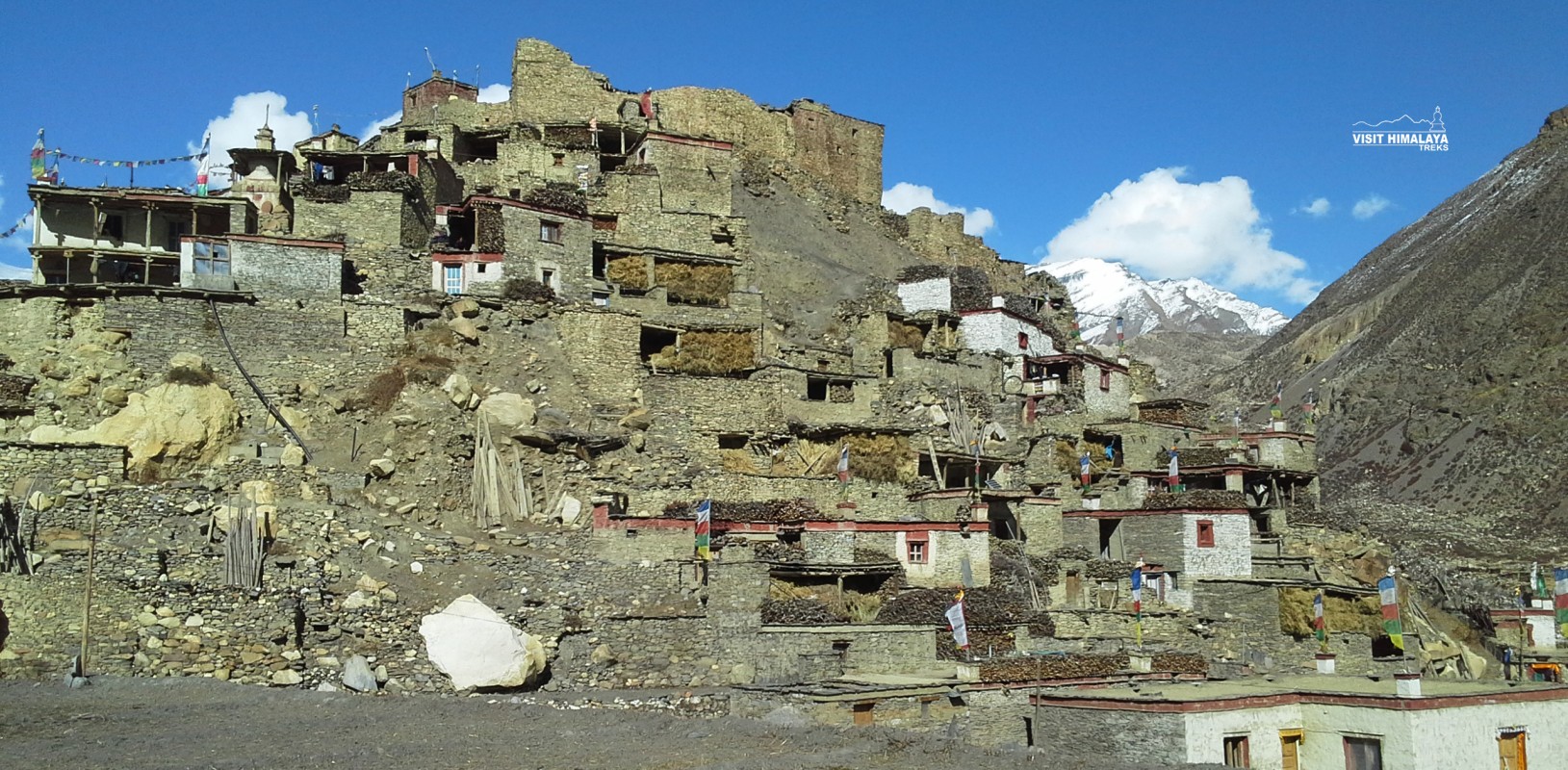You don't have to wait for the trekking seasons in Nepal, which are October, November, December, and March through May. You can enjoy the Nar, Phu, and Annapurna Circuit Tilicho Lake trek all year round.
The Nar Phu Valley trek is one of the most exciting trekking holidays in Nepal, as it enters a land that was closed to visitors until 2003. Truly an off-the-beaten-path adventure that combines remote villages, narrow canyons, amazing rock formations, and untouched Himalayan cultures. It’s a challenging but immensely rewarding route that’s ideal for experienced trekkers who want to avoid the busy trails elsewhere in the country and head into the real wilderness.
Highlights of the Nar Phu Valley Trek
- Trek through an extremely remote area that was prohibited until 2003
- Cross the challenging high passes of Khang La (5320m)
- Fantastic views of the Annapurna massif, Lamjung (6983m), and Manaslu (8163m)
- Visit the lovely villages of Nar and Phu, with colorful Buddhist chortens.
The Nar Phu Valley trek is in the rain shadow of the Himalayas, meaning the landscape is much drier and more barren than at lower elevations to the south, and much more similar to Tibet. It is rarely visited, meaning the villages are simple and the landscape rugged. Traveling here is a perfect way to see how all Nepal once was, before the development of roads and modern conveniences. The trails are rugged and at times are cut high into the sides of the cliff. There are also high passes to cross. The trek in general is quite challenging and best suited to experienced trekkers who are confident in the mountains.
The Nar Phu Valley trek Route Followed
The journey starts in Besisahar and drives the initial part of the old Annapurna Circuit route, as it was before the road was built. The trek itself begins in Dharapani (1960m). Stunning views of Manaslu (8163m) will open up on the first day of trekking, as you steadily ascend.
The trekking trail leaves the secondary road as you head up the Nar Khola (river) Valley, which was previously off-limits to trekkers. This valley is sparsely populated, with the villages far less developed, and the valley gets narrower as you get deeper in. The trail passes through pine forests and many beautiful waterfalls and towering rock faces as it continues to climb, all the way up to the village of Phu (4080m). Spend an acclimatization day here, where there are stunning views of the valley.
Continue on to Nar, the other main village in this area, which is a bit more lively than Phu. Push on to cross the Khang La (5320m). Crossing the pass will be a challenge at this altitude and requires one of the longest walking days on the trek. After crossing the pass, descend to Ngawal, significantly lower at 3670m. Connecting the Popular Annapurna Circuit trail at Pisang toward Chame via Gyaru, and from Chame, we will drive back to Kathmandu.
Accommodation availability at Nar Phu Valley trek
While the accommodation options on the Annapurna Circuit section of this route are reasonably good, with basic but comfortable lodges, the Nar Phu Valley is much more remote and less developed. Lodges are very basic, but there will even be a chance to stay in the monastery at Nar Phedi.
Nar Phu Valley Trek Itinerary
Day 01: Upon arrival in Kathmandu, you will be greeted at the airport and transferred to the hotel.
Day 02: Sightseeing in Kathmandu valley (Unesco world heritage site), Nar Phu Restricted area permits Issuing (Preparation day)
Day 03: Drive to Koto (2600 meters) via Besisahar and Dharapani, stay overnight at Koto st tea house.
Day 04: Trek to Meta (Methang) (3560 meters).
Day 05: Trek to Kyang (3887 meters).
Day 06: Trek to Phu (4050 meters).
Day 07: Side trip to Himlung Base Camp and back to Phu, stay overnight at Phu village.
Day 08: Explore Phu monastery, Mani wall, and trek back to Kyang / Nar Phedi, stay overnight at a tea house.
Day 09: Trek to Nar (4150 meters).
Day 10: Cross Khang La (5320 meters) and trek to Ngawal (3670 meters).
Day 11: Trek to Chame 2670.
Day 12: Drive back to Kathmandu.
Day 13: Free day in Kathmandu.
Day 14: Departure.
